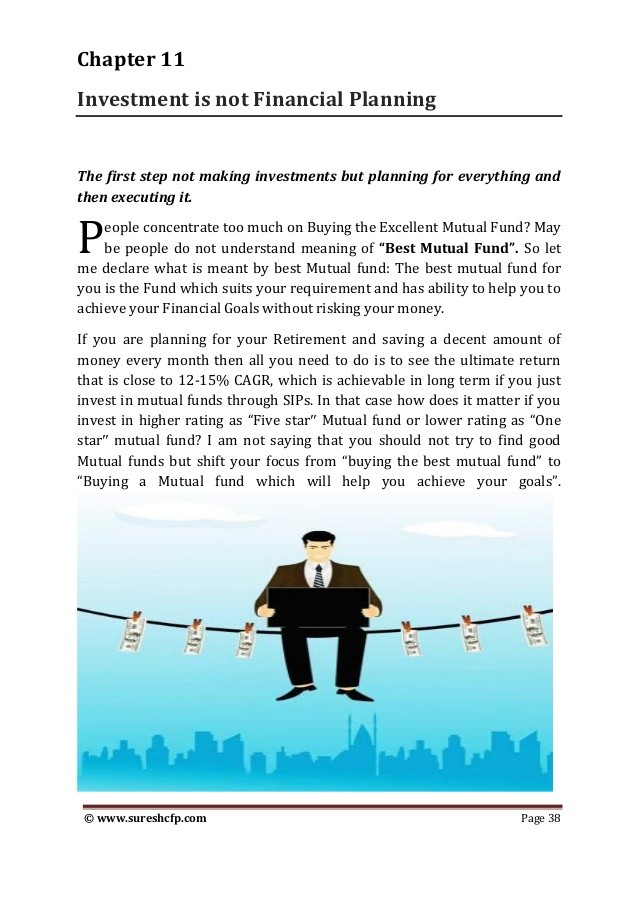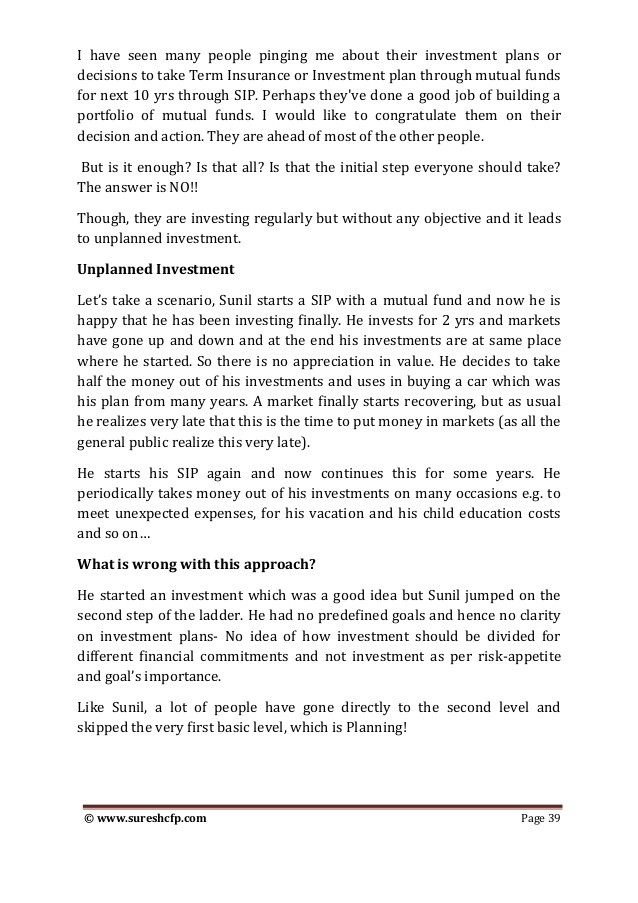What Peter Lynch has to say to average folks about investing in mutual funds PERSONAL FINANCE
Post on: 10 Июль, 2015 No Comment

MUTUAL FUNDS
May 02, 1993 | By WERNER RENBERG | WERNER RENBERG,1993 By Werner Renberg
When Peter Lynch talks about selecting stocks for a portfolio and managing the portfolio — as he did so successfully for the 13 years that he managed Fidelity Magellan Fund until his 1990 retirement — it’s worth listening.
Much of the book is devoted to recollections of how he chose stocks as Magellan manager and to other stock-picking matters — including his familiar advice that investors seek opportunities in companies they know something about or whose products they use.
But for those who prefer to invest in mutual funds and let professionals do the stock picking for them, Lynch offers a strategy for selecting funds. He had not done so while running Magellan, he writes, because it could have seemed self-serving. (He now is on the board governing all Fidelity funds.)
If you could be sure that one fund would outperform others, you would need to buy its shares only. But Lynch knows that nobody can be certain of that. Stock market conditions change, and rotation in market leadership accompanies the changes. Thus, he recalls, he had occasionally lagged the Standard & Poor’s 500 Index even as he was on the way to a pace-setting long-term average annual return of 29 percent.
You just never know where the next great opportunities will be, he says, so it pays to be eclectic.
He suggests that an average investor buy six funds of varying styles and philosophies.
He would invest equal sums in one fund of each of six basic types: capital appreciation, value, quality growth, emerging growth, special situations, and utility or equity income.
He defines capital appreciation funds as those whose managers have leeway to buy any and all kinds of stocks and are not forced to adhere to any particular philosophy. His example: Magellan. Instead of having an overall strategy, Lynch says, I went sniffing from one case to another like a bloodhound that’s trained to follow a scent.
(Lipper Analytical Services, the fund monitoring firm, classifies Magellan as a growth fund. It applies the term capital appreciation to funds whose pursuit of maximum capital appreciation may involve higher portfolio turnover and greater use of options and of borrowed money to augment shareholders’ cash.)
In building Magellan’s assets from $18 million to $14 billion, Lynch figures that he bought the stocks of 15,000 companies. He had positions in 1,400 for a time; of those, 600 — his bullpen — accounted for 1 percent of assets.
Morris Smith pared the number to 796 during a transition period and eliminated 100 more during his 13-month tenure as Magellan’s manager. With the fund’s assets at $25 billion, Jeff Vinik, the current manager, holds more than 800 stocks.
Like others, Lynch defines value funds as those whose managers pick stocks based more on their assessment of companies’ assets than on current earnings. He cites Mario Ga
belli (Gabelli Asset) and Michael Price (Mutual Beacon) as examples.

A growth fund, in Lynch’s terminology, focuses on medium-size and large companies that are well-established, expanding at a respectable and steady rate and increasing their earnings 15 percent a year or better. It’s one category, he suggests, for which one might consider an index fund — one linked to the S&P 500.
Lynch uses the term emerging growth for funds invested in small-company growth stocks. For this type, he would regard an index fund linked to the Russell 2000 as fitting.
He applies special situations to funds that go for companies that have nothing in particular in common except that something unique has occurred to change their prospects. In the absence of a Lipper category, you’ll have to be alert for mentions of such funds; Lynch, unfortunately, doesn’t give examples.
Finally, he would include a utility or equity income fund for ballast.
When you have fresh money to invest, he’d split it the same way. Because of the possible tax consequences, he recommends against switching among funds in taxable accounts. To adjust weightings among funds, he’d put fresh money into those that have lagged the market.
How would he pick funds within the groups?
Besides the funds he suggests for consideration, he would select funds that have consistently led their peers for three- or five-year periods. (He regards most reviews of past performance as a waste of time — even though Fidelity, understandably, made so much of his long-term performance record.) Looking for one-year winners, Lynch says, is particularly foolish.
Moreover, because Forbes’ honor roll puts a high value on funds’ bear-market performance, he calls it a good place to shop for funds. That’s ironic. Forbes bounced Magellan after Smith replaced Lynch; to make the list, funds must have had the same manager for seven years.














